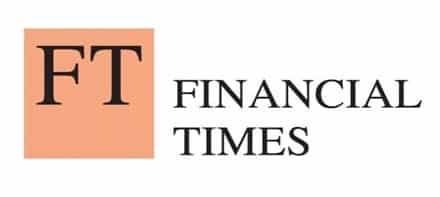As the coronavirus crisis has intensified, the turmoil in financial markets has awakened memories of 2008. At the weekend, along with announcing an interest rate cut and expansion of bond-buying, the US Federal Reserve led a group of major central banks in announcing changes to make it easier to borrow on the so-called liquidity swap lines. These are the hidden bits of wiring in the global financial system which (as I explained in my history of the financial crisis, Crashed) played a huge if under-appreciated part in pulling the world back from the brink just over a decade ago.
Swap arrangements allow the Bank of Canada, the Bank of England, the European Central Bank, the Bank of Japan and the National Bank of Switzerland to borrow unlimited quantities of dollars from the Fed in exchange for credits in their own currency. After a pre-agreed period, and after the payment of interest on both sides, the currencies are swapped back. Since it is the other central banks that need dollars, the interest payments give the Fed a small margin in its favour.
Read the full article at Prospect


